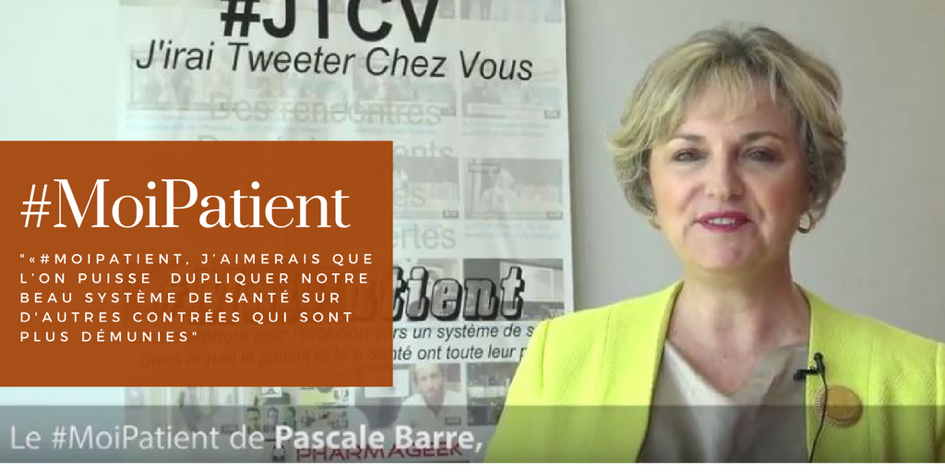QUANTIFIED-SELF TO MODIFIFIED-SELF by MODIFIED-SELF & QS: « Quantified Self is not enough – Modified Self is the goal”
04/03/2014Si votre médecin est désagréable, changez en : il en va de votre santé
04/03/2014Five Ways Patient Engagement Can Start in the Office
1. Have patients start to monitor their health metrics with pen and paper.
One example in which I as a cardiologist engage patients initially is to have them start to manually keep track of their blood pressures (if a diagnosis of hypertension is suspected but not made, if medications are changed which might affect BP, or to attempt to correlate symptoms with BP). I observe a compliance rate of 100% with a request for a two-week log. At follow-up (either via the patient portal or in person) I review the record (I supply the patient with a pre-printed chart to fill out), reaffirm the importance of the data, and then perhaps move to discussions about monitoring via simple apps that they or their caregiver might use (even if unrelated to blood pressure).
2. Introduce mobile health apps for wellness first.
When discussing diet, medication adherence (especially when prescribing a new one), disease state education, or perhaps smoking cessation, I make it know that there are apps to assist in those areas. I give a list of the best ones and suggest that their caregiver if needed help with the download or use of the app. I show sample snapshots from the app store on my own phone. I believe that wellness apps are easier to introduce as engagement tools than specific disease apps (at least to the less digitally literate).
3. Discuss your philosophy as a physician.
After I introduce myself to a new patient (with the same degree of attention to the caregiver in the exam room), I discuss my practice philosophy of only recommending the minimal degree of testing and prescriptions (many patients mistrust physicians as prescribing testing or drugs because of financial incentives). I then go on to stress shared decision making which requires a partnership of honesty and listening. I believe this to be imperative as it not only sets the tone in a positive manner but establishes the importance of patient participation.
4. Learn about the patient as a person.
Knowing the caregiver support (or lack thereof) around a patient gives a physician the milieu in which shared decision-making is to play out. Critical barriers might exist which will ever prevent success without adjustments by the provider and/or the patient. Caregivers should be involved whether it is a near or distant interested relative, friend, acquaintance or other professional involved with the patient. A patient’s former or present occupation or hobby might impact treatment plans or give insight into educational and levels, and degree of independence.
5. Create buy-in from physician colleagues.
Discussing patient engagement within the context of everyday professional interaction is a great way to change culture one person at a time. In correspondences or conversations regarding a patient, “The patient, family and I have decided”, “I found the BP diary the patient filled out for me very useful” or “I recommended that the patient consider using such and such diabetes app” are non-threatening or proselytizing ways to convey how I view positively and embrace engagement.
Read more: http://davidleescher.com/2014/03/03/five-ways-patient-engagement-can-start-in-the-office/
See on davidleescher.com




